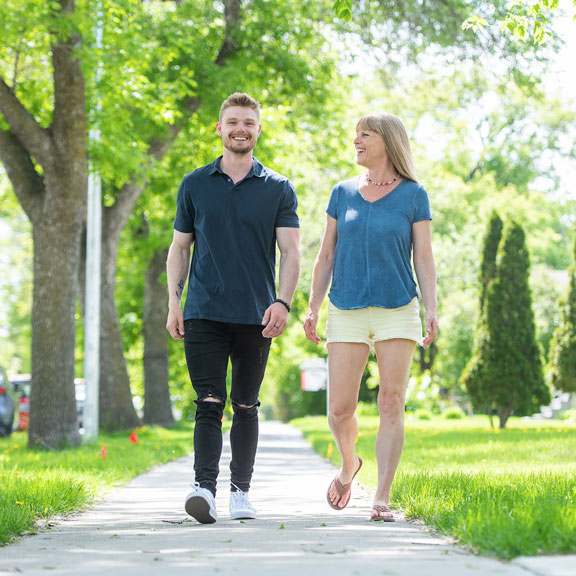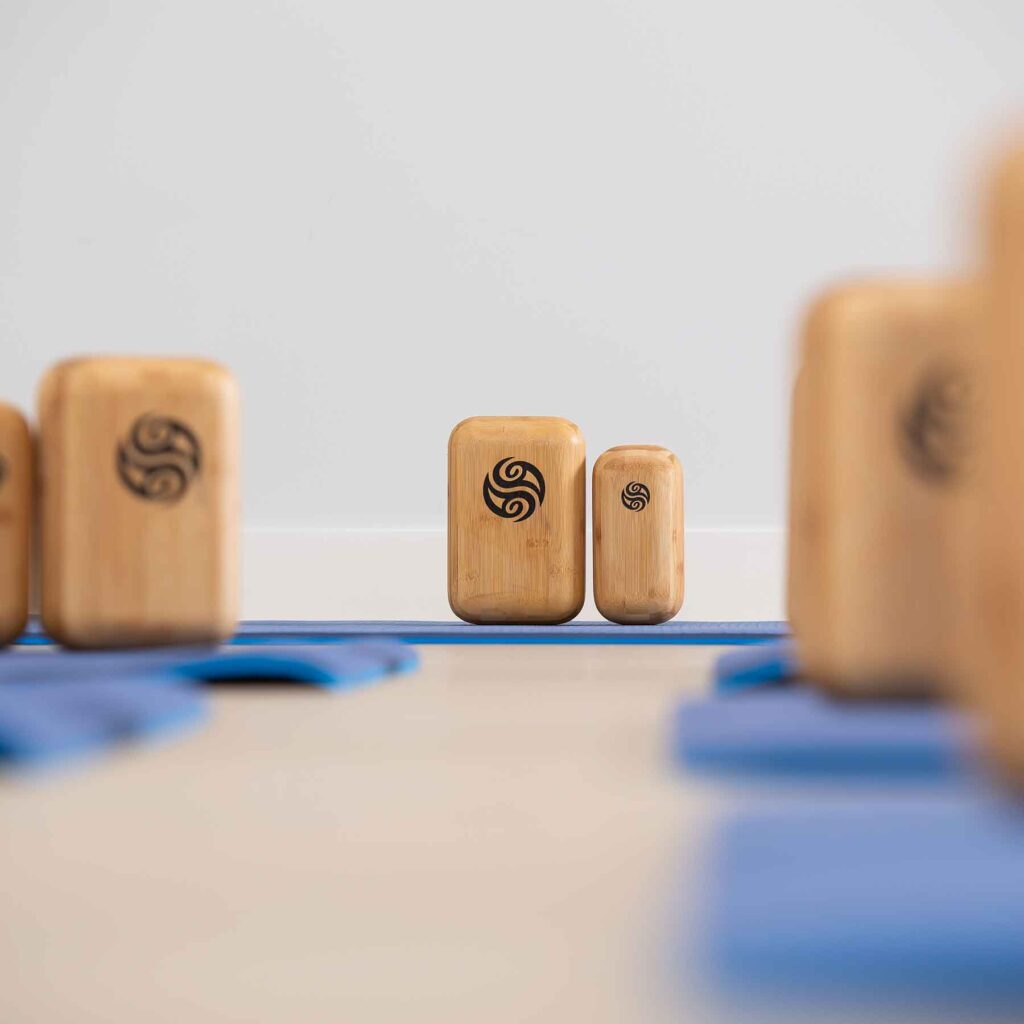Walking for Exercise – Conscious Vs. Unconscious

Your body is made to move, and walking is one of the most natural things you can do. When you have no pain and good endurance, it is such a joyous activity. However, when you have pain or struggle with your breath, even the shortest distances can feel like a burden. When I was struggling with my weight, I used to believe that I had to force exercise and be aggressive with my workouts to get the desired results. Little did I know at the time that I was causing problems for my joints.

What you do all the time adds up to create the posture that you have today. As walking is an action that is performed daily, it only makes sense to become conscious of how you do this activity to gain continual benefits, rather than wearing cartilage, causing pain. The knees, for example, take up to 5 times your body weight in pressure. As they are the levers of the body, keeping them in proper alignment is necessary to prevent issues such as arthritis.
Also, when you are walking at a fast pace, often momentum is used to keep your stride, rather than propelling your body with conscious action. You can often see in people walking quickly that they are slamming the lead foot into the ground with a substantial force, they are swinging their arms in front of them with palms facing behind, and allowing their head to bob forward. You can also see how the ribcage compresses into the abdomen which puts immense stress on the diaphragm and the internal organs. As much as this may get you sweating, is it the best thing for your body?
Like any activity, how you do it is key to whether it benefits you or causes harm. If you are going to put in the time to walk as an exercise, wouldn’t it make sense to turn this into a conscious action with multiple benefits? Faster doesn’t mean better. Often the faster you walk, the less conscious you are. Slowing down this activity and bringing awareness to your gait is the key to ensuring you are getting the desired results without causing harm.
The first thing to note is the alignment of your feet. You should be pushing off from the big toe with the feet pointing forward. Often you will see people walking with their feet externally rotated, like a duck. This alignment will potentially cause many mechanical issues over time, including the formation of bunions, cellulite, saddlebags and inner knee fat (which is really displaced fascia).

Incorrect mechanics cause you to “fall into the space in the joints, as well as between the cells. If proper alignment isn’t addressed, the fascia will build false walls and floors to keep the body from tipping over. Unfortunately, these false foundations are a build-up of collagen and act like beaver dams to the flow of fluids and energy in the body. They also create grooves in the fascia that will deepen with time. When you see people with a posture that is collapsed, they have succumbed to the grooves that they unconsciously created.
Another thing that can happen with walking without awareness is that often one leg will act like a splint, rather than an active participant in propelling the body. You are supposed to flex the hip before placing the heel on the ground and take your weight with the muscles of the leg. This requires a bent knee from the leg that is planting on the ground. However, when you walk with external rotation as many do, the lead leg will usually flex at the hip joint, but the other leg will often become hyperextended at the knee and will get pulled forward with momentum. Then, when you place the leg on the ground, it’s not the muscles taking the weight of the body but the joint space. This unconscious action creates wear and tear for the cartilage, causing inflammation and pain.
When you do any activity quickly, it’s harder to maintain conscious awareness. By slowing down your gait and bringing attention to how you walk, it becomes an exercise that has multiple benefits lifelong. Being in a rush may get you there faster today, but in time may slow you down as your joints will begin to scream with pain. Learning how your body should move and taking literal steps in the right direction will allow your body to be the healthiest it can be, for the longest amount of time. Watch the video of conscious walking below.
Please accept the cookie consent
Breathe & Believe,
Deanna
Follow us on our social channels below to learn more about Block Therapy and see some amazing transformations!






Responses